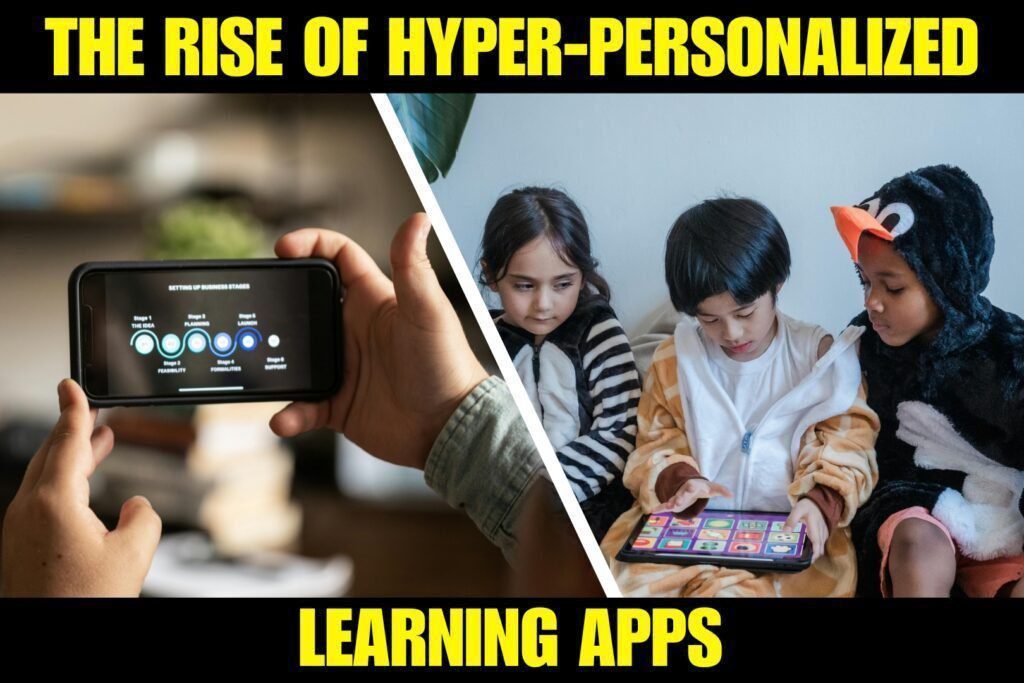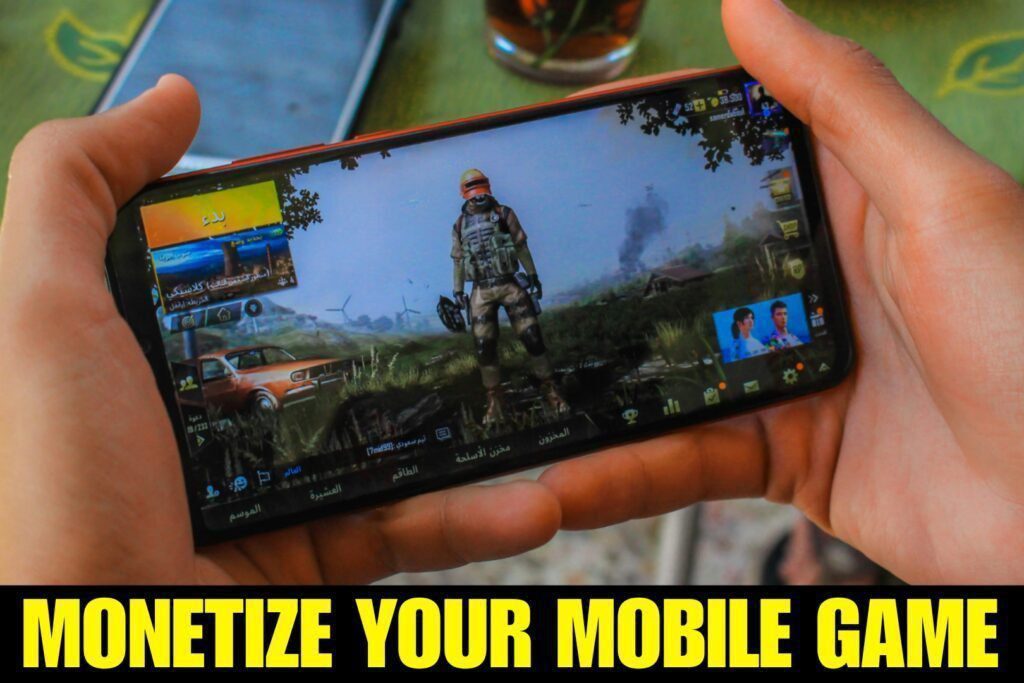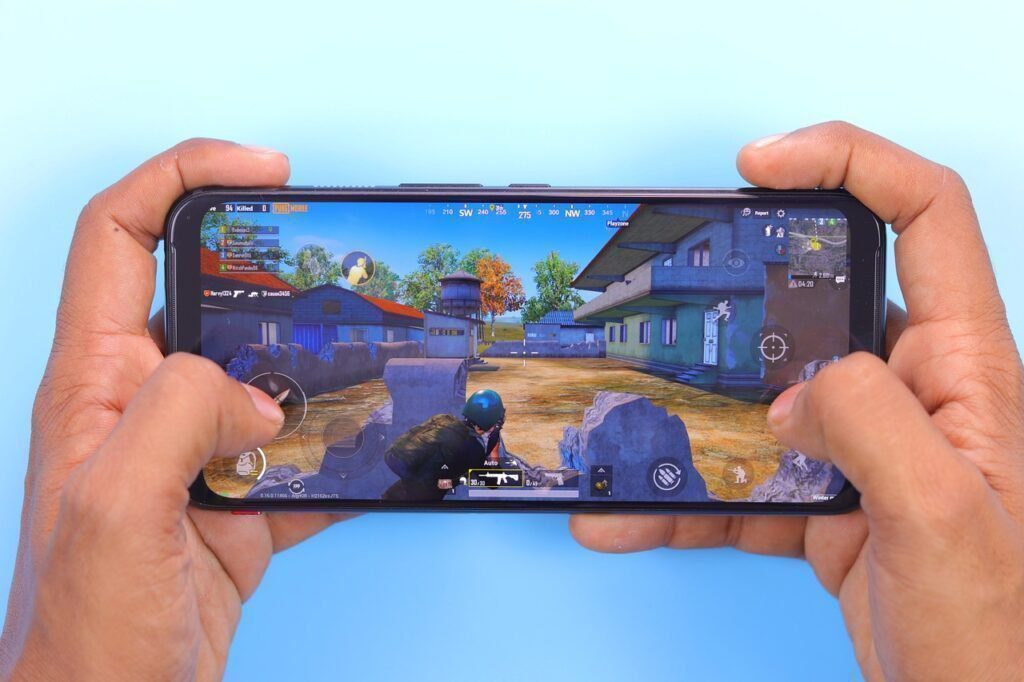In 2025, the classroom is no longer confined to whiteboards and textbooks—and neither is learning. A new generation of AI-powered educational games is reshaping how children absorb knowledge, build skills, and develop curiosity. Today, games are teachers, and artificial intelligence is the silent genius behind the scenes, tailoring lessons to each child’s learning pace, style, and passion.
This is more than just edutainment. It’s a deep, data-driven revolution where machine learning, neuroscience, gamification, and child psychology combine to deliver hyper-personalized, adaptive learning journeys—through gameplay.
From math missions in space to language puzzles in fantasy lands, kids in 2025 are not just learning while playing—they’re learning because of it. Here’s a deep look at how AI is making learning fun, effective, and irresistibly engaging for young minds.
Why Gaming + AI Is a Perfect Match for Learning
- 🎯 Personalization: AI adapts challenges in real time to match a child’s ability, ensuring they stay in the optimal “flow state”—not bored, not frustrated.
- 🧠 Neuroscience-backed design: Reward loops, curiosity triggers, and spaced repetition keep information sticky.
- 🧩 Multisensory learning: Visual, auditory, and tactile feedback helps children with different learning styles (especially neurodivergent learners).
- 📊 Data-driven feedback: AI tracks every click, choice, pause, and win/loss pattern to assess cognitive growth and adjust content instantly.
- 💬 Natural Language Processing (NLP): Voice-based games now teach languages, critical thinking, and communication skills with human-like dialogue.
What AI Is Teaching Through Games in 2025
1. Mathematics & Logical Thinking
- Game Example: Prodigy AI
🔗 prodigygame.com
A fantasy RPG that adapts math questions based on the student’s skill level. AI keeps the difficulty just hard enough to challenge without overwhelming.
2. Reading Comprehension & Grammar
- Game Example: Bookful AR
🔗 bookful.app
Combines 3D characters and voice-recognition AI to turn reading into an immersive, choose-your-own-story experience.
3. Coding & Computational Thinking
- Game Example: Tynker AI Quests
🔗 tynker.com
Teaches Python, JavaScript, and logic puzzles through AI-generated levels. Kids build mini-games by solving real logic-based challenges.
4. Emotional Intelligence (EQ)
- Game Example: Peekapak
🔗 peekapak.com
AI monitors emotional responses and teaches empathy, conflict resolution, and emotional vocabulary via storytelling and scenario-based play.
5. Languages & Communication
- Game Example: LingoKids AI Talk
🔗 lingokids.com
AI simulates real-life conversations with accents, cultural context, and instant feedback for pronunciation and fluency development.
How AI Customizes Learning for Every Child
- 📈 Dynamic difficulty: If a child breezes through a level, AI increases challenge. If they struggle, it gently simplifies.
- ⏳ Pacing: AI spaces practice based on memory retention science (spaced repetition and retrieval practice).
- 🧬 Learner profiles: Over time, the AI builds a “learning DNA” of each child—tracking strengths, weak spots, learning styles, motivation triggers, and more.
- 🤖 Voice + sentiment analysis: Some platforms now detect frustration, boredom, or excitement from tone of voice and gameplay patterns, adapting accordingly.
- 🧩 Modular missions: Content is broken into bite-sized quests to align with modern attention spans, especially effective for kids with ADHD or dyslexia.
Real-World Success Stories in 2025
👧 Aanya, 8 (India)
Was falling behind in English reading comprehension. After 3 months with Bookful and LingoKids, she jumped 2 reading levels and now writes short stories using characters she played with in the games.
👦 Ethan, 10 (USA)
Learned to code entirely through Tynker’s AI quests. He’s now building custom levels in Roblox Studio and teaching classmates how to create obstacle games.
👧 Maya, 7 (UK)
Diagnosed with dyscalculia. Prodigy AI detected the issue and gently introduced pattern-based math puzzles that improved her number confidence without pressure.
Top AI-Powered Learning Games of 2025 (Free & Paid)
| Game Name | Subjects | Platform | Price |
|---|---|---|---|
| Prodigy AI | Math | Web, iOS, Android | Free + Premium |
| Tynker AI | Coding, STEM | Web, iPad | Free + Paid Plans |
| Lingokids Talk | Languages | iOS, Android | Free + Subscription |
| Bookful AR | Literacy | iOS, Android | Free + Books |
| DragonBox AI | Math, Algebra | iOS, Android | Paid (One-time) |
| Kodable AI | Coding | Web, Mobile | Free + School plans |
| Osmo Learning | Mixed subjects | iPad + Hardware | Paid kit + App |
| Kahoot! Kids AI | All subjects | iOS, Android | Free + School licenses |
Are Parents & Teachers on Board?
✅ Parents love it because:
- They get real-time dashboards showing their child’s strengths and focus areas.
- Kids are engaged longer without reminders or nagging.
- AI games adapt automatically, eliminating the need to constantly find new material.
✅ Teachers use it because:
- They can assign “quests” as homework.
- AI-generated performance reports reduce grading time.
- Some platforms allow class-based competitive learning (think: quiz battles!).
Safety, Ethics & Screen-Time Worries
⚠️ Critics argue AI gamification might lead to screen addiction, over-reliance on tech, and reduced physical play. Here’s how platforms are responding:
- Screen-time caps: Built-in timers & lock modes
- Offline modes: Downloadable content for non-Wi-Fi play
- Physical + digital play: Hybrid kits like Osmo and LEGO SPIKE integrate AI games with physical building tasks
- COPPA, GDPR-K Compliance: AI games in 2025 are tightly regulated to protect child data privacy
What’s Next: The Future of Learning Games
- AI avatars as teachers: Personalized, animated characters that “grow” with your child
- Multiplayer learning quests: Collaborative missions with global students
- Neurofeedback integration: Wearables that adjust content based on attention, stress, and learning fatigue
- AI Game Generators: Kids will soon design their own learning games using natural language (“Make a math game about dinosaurs”)
Final Thought
In 2025, AI is no longer just a behind-the-scenes algorithm. It’s a creative partner, a learning coach, and a game master that makes education deeply personal and playfully irresistible.
Kids are not just memorizing facts.
They’re solving mysteries, building worlds, writing code, and learning empathy—all while playing.
Because the best way to teach a child has always been simple:
Make it a game.
Now, with AI, that game just got smarter.


